
May '13 - Feb '16
Felix Candela was a Spanish architect-engineer who fled to Mexico after fighting Franco in the Spanish Civil War. Like his Italian contemporary, Pier Nervi, Candela made structure architecture. Louis Kahn asked a brick what it wanted to be- Candela asked concrete what it could be.
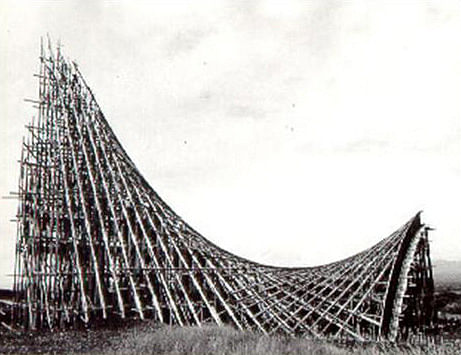
In 1958, on top of a hill south of Cuernavaca overlooking the town, Candela worked with two other Mexican architects to create a simple open air chapel in thin shell concrete. If you're not familiar with it from "History of Architecture" or "Basics of Structures," Princeton has a nice website on it. The chapel is an elongated hyperbolic paraboloid- the most elegant, largest pringle ever made.
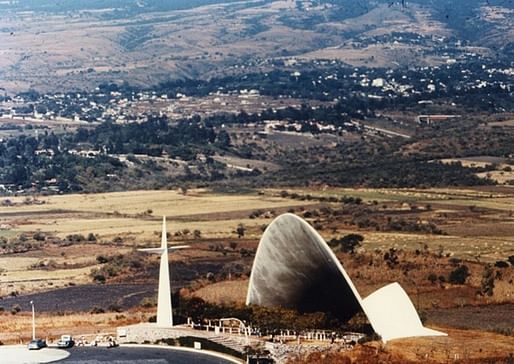
The only problem is you can't really see it anymore. At the time of its construction, it was the only thing out there, and you could take in the sweep and graceful curves in a single glance. Today, with the explosive growth of Cuernavaca, there are houses and other buildings around the back and sides, and the saplings which Candela planted in front of the cavernous opening have matured into full size.
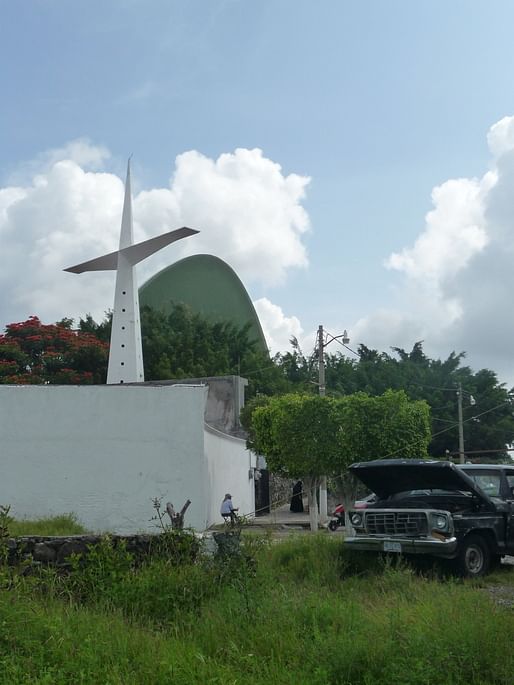
The chapel is raised on a plinth, so from the parking lot and front approach, you can only see the concrete cross and the upper sweep of the solid arc emerging from the dense tree canopy. And it's painted a very pale green. Walking up a short ramp, emerge into a grove which is also the extention of the chapel seating. The white-bark trees march down the aisles, forming a leafy shade canopy before ending at some point before the altar.
So you have the trees which march into the large sweeping mouth of the giant concrete pringle, which actually comes quite low to the ground to frame the city beyond in a low, wide, arch. From the ground, the trees completely obscure the moment when you are actually "inside" i.e. under the concrete canopy. There's a gentle grace to that transition which makes the structure feel even more light. They call it "thin-shell" for a reason- most of the building is less than 3" thick.




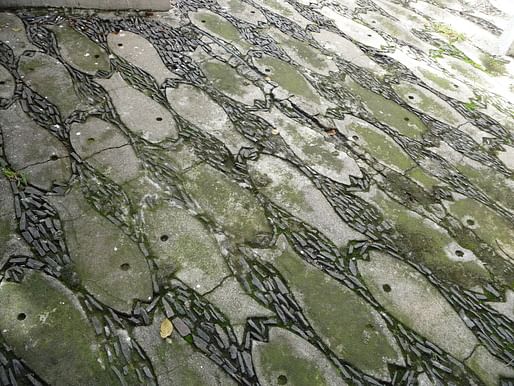
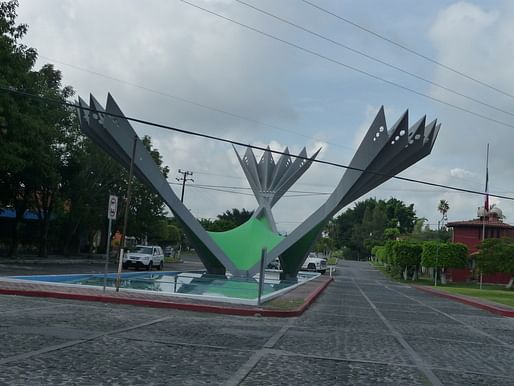
The second stop was La Tallera Siqueiros by Mexicanarchitect Frida Escobedo. Finished in 2012, La Tallera means "workshop", and is basically a very large central gallery with a few small side galleries, offices, and workshop spaces for contemporary art. One of the larger spaces was actually a room fully painted by the Mexican abstract surrealist Siqueiros.
The Workshop is in a quiet residential neighborhood, and the large stepped plaza in front has the feel of a neighborhood park. Two massive inclined panels painted by Siquieros which seem to hide several floors of offices? studios? galleries? direct visitors to the main entrance.

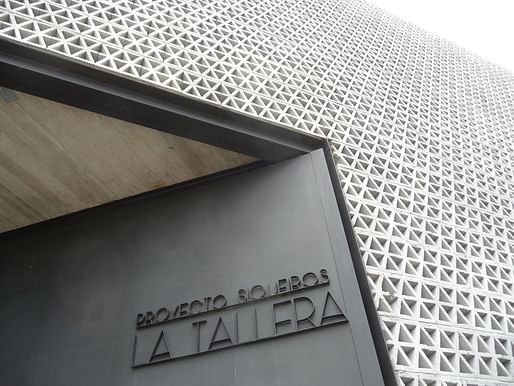

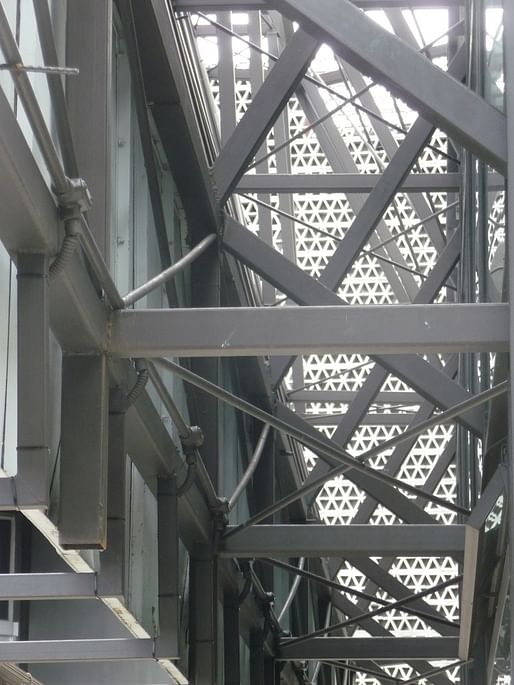

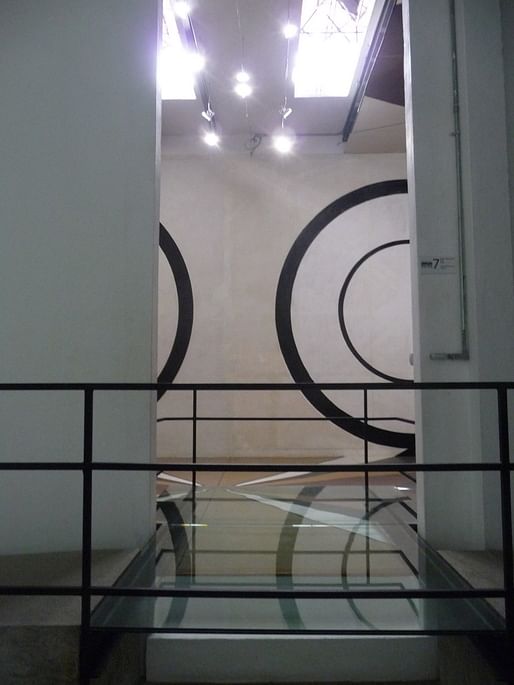
Apart from the visually arresting panels, the workshop is clad with a system of hexagonal screen block divided into triangles such that the units disappear and a the overall effect is that of a finely triangulated concrete mesh. It's hypnotic used on such a wide scale, with some really nice effects with sunlight.
The overall feeling of the workshop was very industrial- lots of steel, concrete, and the brutal minimalism of basic industrial hardware for things like toilet flushes and sink taps.

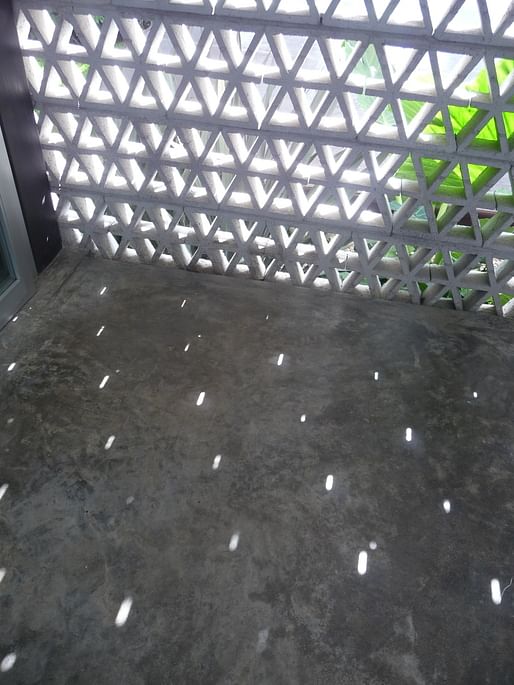

Urban and architectural explorations from Mexico City to Stuttgart Germany through the eyes of a iterant architectural designer
7 Comments
Wow, such beautiful images of beautiful work! Thank you for that moment of calmness.
The fish pavers are wonderful.
totally agree, beatiful images!! It's interesting as the vegetation is incorporated in these projects combining perfectly with the concrete
Good stuff Alec.
My father is from Mexico City and even though it's a huge, sprawling, smoggy metropolis I still love visiting. Following your blog is the next best thing.
Oh one thing I forgot to mention (and you may already know about it) but the quarterly Mexican architecture magazine Arquine has a great mobile phone app. It's a guide to Mexico City architecture complete with maps, etc. Check it out!
Thanks for the tip xtbl! I'll see if I can find the app. Arquine is great, I appreciate their bilingual feature articles.
No problem! Here's the link http://www.arquine.com/app-arquine/
It looks like they only have it for iphone and ipads though.
Wow really nice image. I just randomly came across here looking for some architecture images. I was wondering if you had ever used www.isplora.com for continuing education? ...i'm looking for elite/engaging courses and this is the only site i've found.
Block this user
Are you sure you want to block this user and hide all related comments throughout the site?
Archinect
This is your first comment on Archinect. Your comment will be visible once approved.